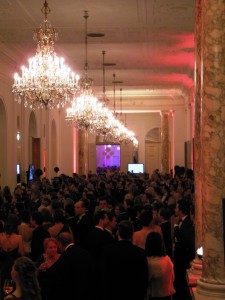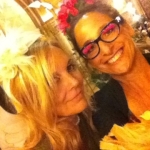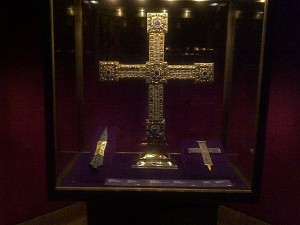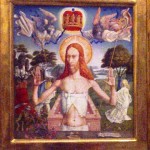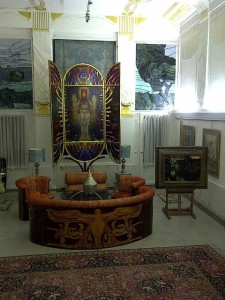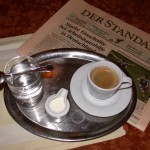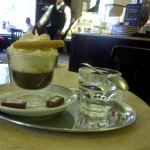THINGS TO DO IN VIENNA – WALTZ
Austrians are required to master two skills in life – skiing and waltzing. More than 400 balls take place each year in Vienna, and these balls are host to more than 300,000 guests. Balls are sponsored by occupational groups, trade unions, universities, and interest groups — if you’ve got an interest, Vienna’s got the ball.
With Vienna’s long-time love for balls, it’s not surprising that the man responsible for the popularity of the waltz and known during his lifetime as the “The Waltz King,” Johann Strauss II, lived in Vienna. Thankfully, young Johann rebelled against his father’s demands that he become a banker and went on to compose over 500 waltzes, polkas, and quadrilles during his lifetime. At 60 beats per minute, the Viennese Waltz is one of the fastest types of traditional ballroom dance music.
But fast or slow, dancing can be a challenge for those of us who grew up outside Waltzland. Probably during his stint in Vienna, Mark Twain remarked, “Work like you don’t need the money. Love like you’ve never been hurt. Dance like nobody is watching.” In other words, take heart and join those Austrians on the dance floor. Even if you don’t know how to 1-2-3, 1-2-3 you can still have a great time with the right attitude. But even Austrians won’t turn a blind eye to one thing that can’t be overlooked for the waltz—and that’s a missing dance partner. Fortunately there’s a fix to that problem as well.
Taxi Dancer to the rescue! For an hourly fee, you can hire your own personal Fred Astaire or Ginger Rogers to help you dance the night away. What first appeared in dance halls in the United States during the early 20th century has gained a revival in Vienna’s ballrooms where the male population can be as depressingly dance-lazy as everywhere else. The Taxi Dancing Darlings are bound by strict codes of behavior but available for all kinds of dance functions. In fact, some of the taxi dancer agencies’ best customers are retirement home residents.
So no excuses. Put on your dance shoes, and 1-2-3, 1-2-3 the night away.
Post of this year’s ball calendar coming soon…

